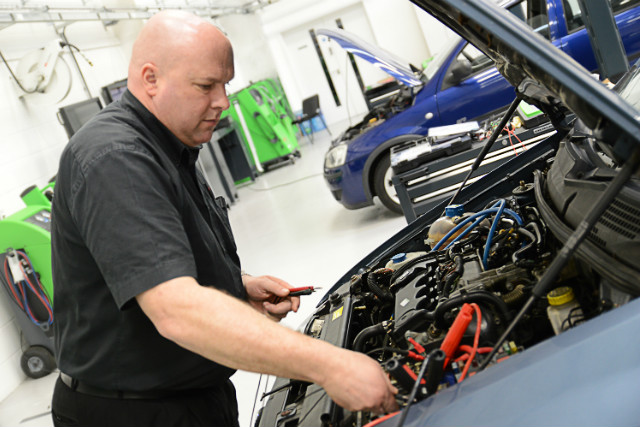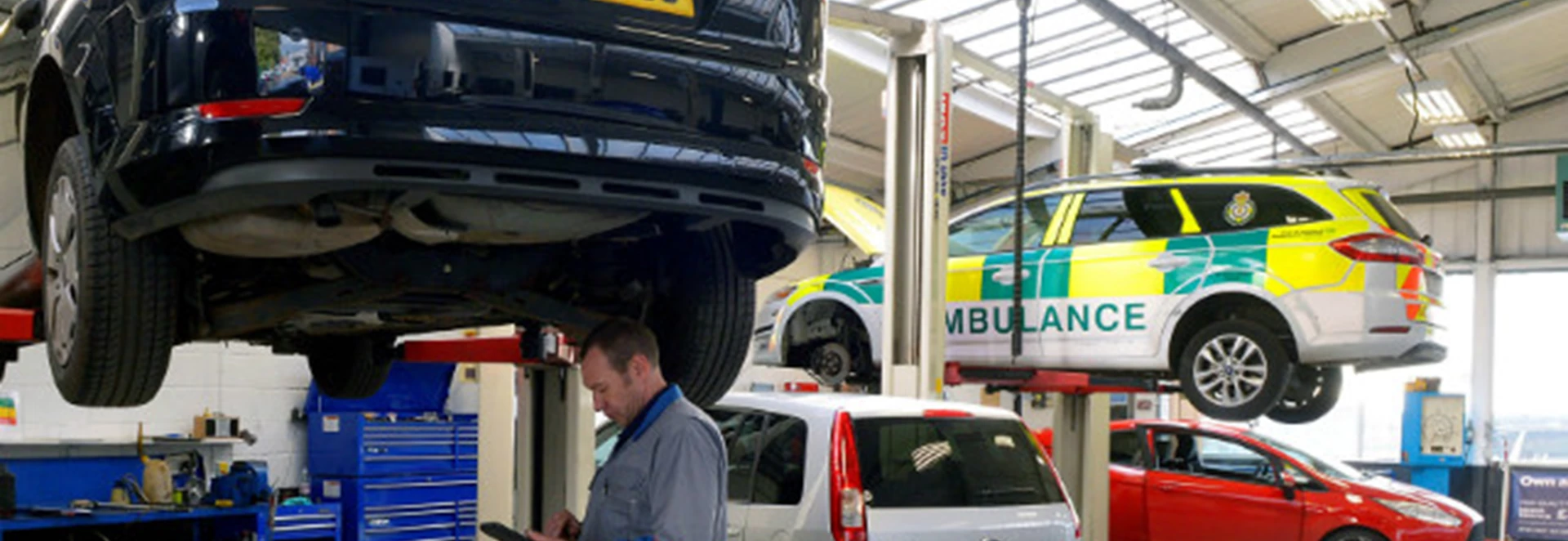If you own a car then getting it serviced regularly is an important thing to do to keep it safe and reliable. When a car needs servicing, traditionally you’ll take it to a professional garage where a mechanic will undertake the work. It’s a service you’ll have to pay for and, like fuel, it’s a running cost you need to consider when buying a car.
But you may have some questions about car servicing as well, such as what it actually is and how it works, or how often you should take a car for a service. If you have questions like these then this guide to car servicing is for you.
What is a car service?
A car service consists of numerous maintenance procedures that involve checking, refilling or replacing different vital components on a vehicle.
A completed service is usually recorded in your car’s service book. When it is done, you should receive a stamp in the book from the service provider.
How often should you service a car?
How often the manufacturer of your car recommends you take your vehicle for service should be outlined in your vehicle’s owner’s handbook.
Some modern cars can also indicate when it’s due for its next service on the electronic instrument panel.
If you don’t have access to either then, as a more general guide, car maintenance providers say that many cars are fully serviced every year or every 12,000 miles – whichever comes first.

There are actually two types of service you can have for a car – an interim service or a full service. Interim services tend to be carried out between full servicing, but exactly how many miles are covered before it can vary from vehicle to vehicle.
A myth about car maintenance that has spread in the past is that engine oil needs replacing every 3,000 miles. You’re better off consulting your owner’s manual to get a more accurate figure on this.
What is on a car service checklist?
The list of things checked or replaced in a full service is a lot more comprehensive when your car has a full service, compared to an interim service.
In either type of service, however, the oil and oil filter will be replaced and other crucial parts will get checked such as the brake fluid, the lights, the condition of the battery, the exhaust system and the treads and pressures of the tyres.
Additional checks made in a full service check usually include the wheel bearings, the air filter, the auxiliary drive belt and the spark plugs (if it’s a petrol-run car).
See below for a more comprehensive list of what is covered in both an interim service and a full service for your car:
Included in Interim Service and Full Service*
• Oil and oil filter replaced
• Brake fluid level checked and refilled
• Anti-freeze coolant checked and refilled
• Windscreen wash checked and refilled
• Power steering fluid checked and refilled
• All front and rear lights checked
• Windscreen and windscreen wipers checked
• Condition of car battery checked
• Charging system checked
• Exhaust system checked
• Tyres checked (treads and pressures)
• Condition of brakes checked
• Steering column checked
• Shock absorbers checked
• Suspension checked
Included in full service only*
• Auxiliary drive belt checked
• Wheel alignment checked
• Wheel bearing checked
• Wheel balance checked
• Air filter replaced
• Spark plugs replaced (petrol cars only)
• Fuel filter replaced (diesel cars only)
* This list is for guidance only. The servicing regime can vary for different vehicles and manufacturers.




